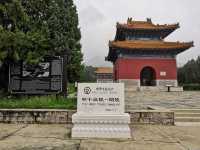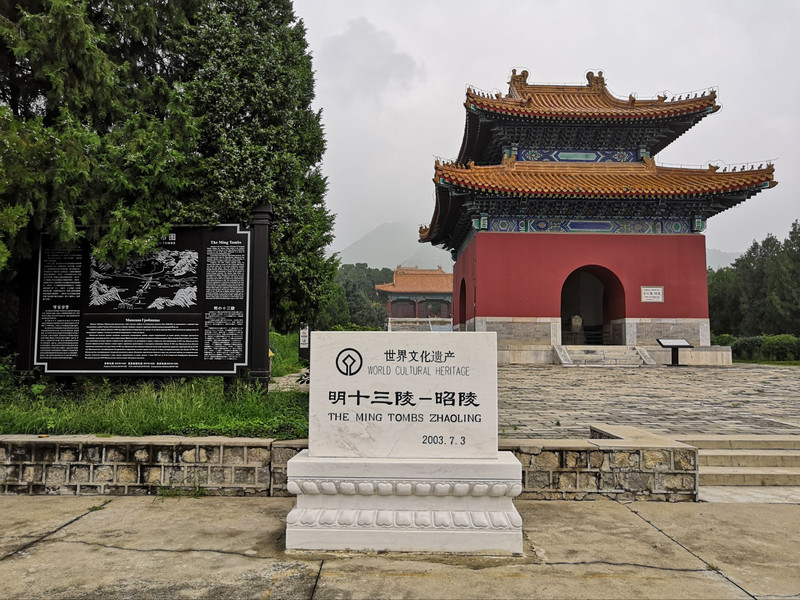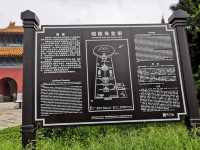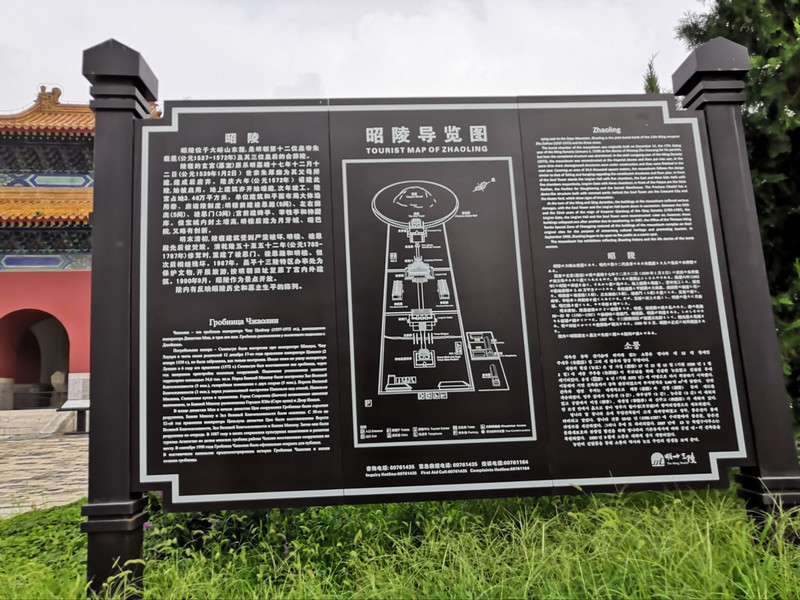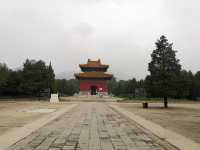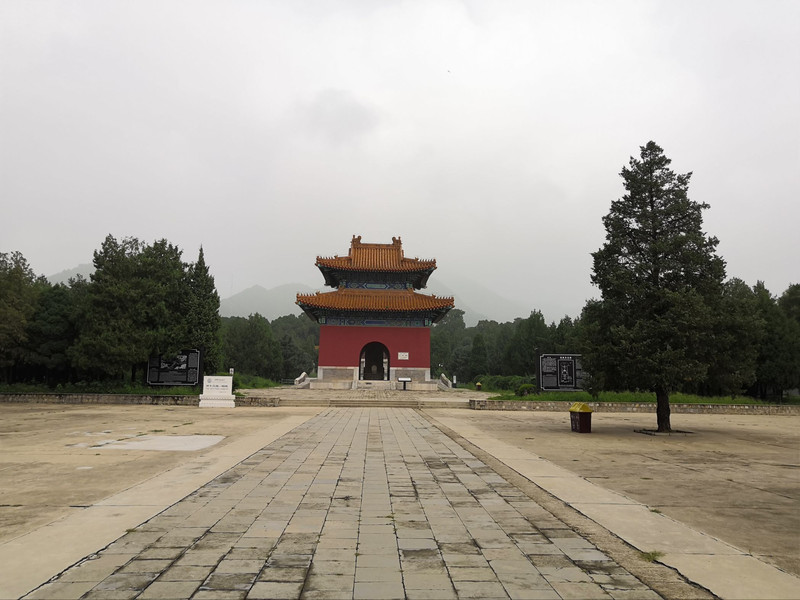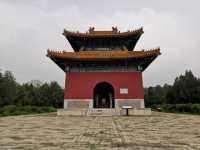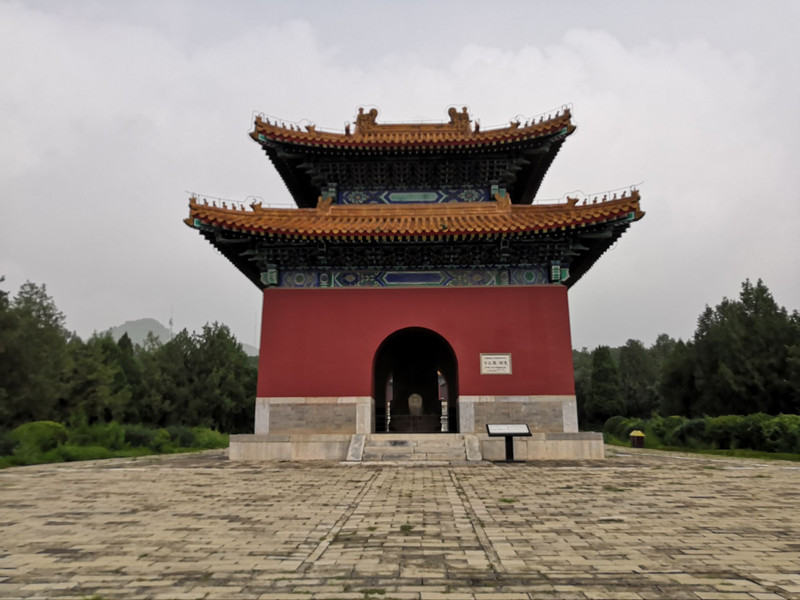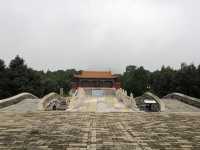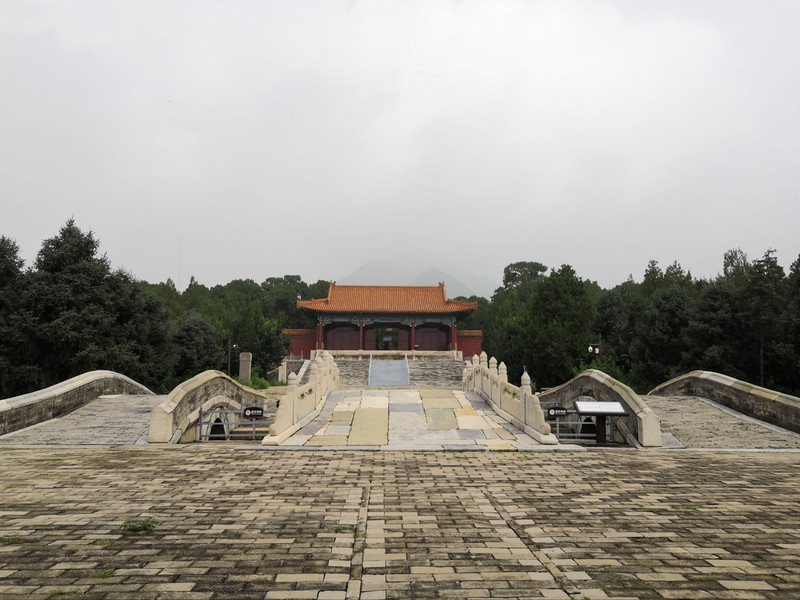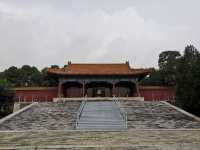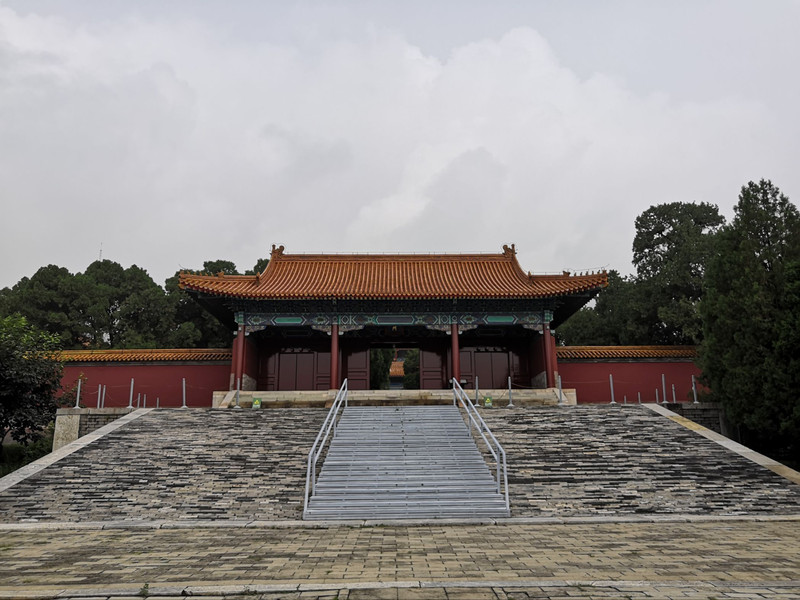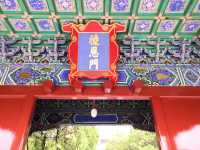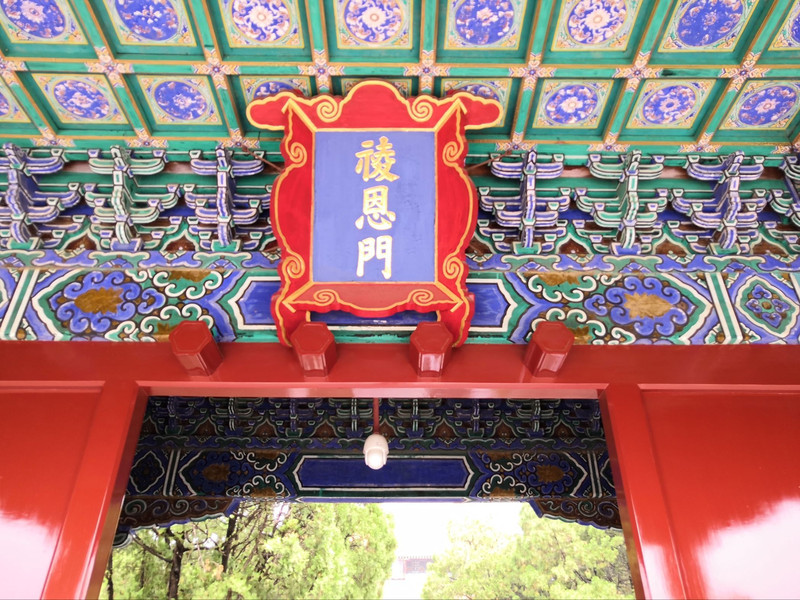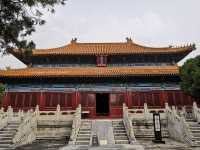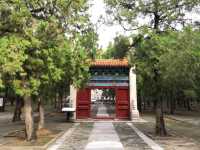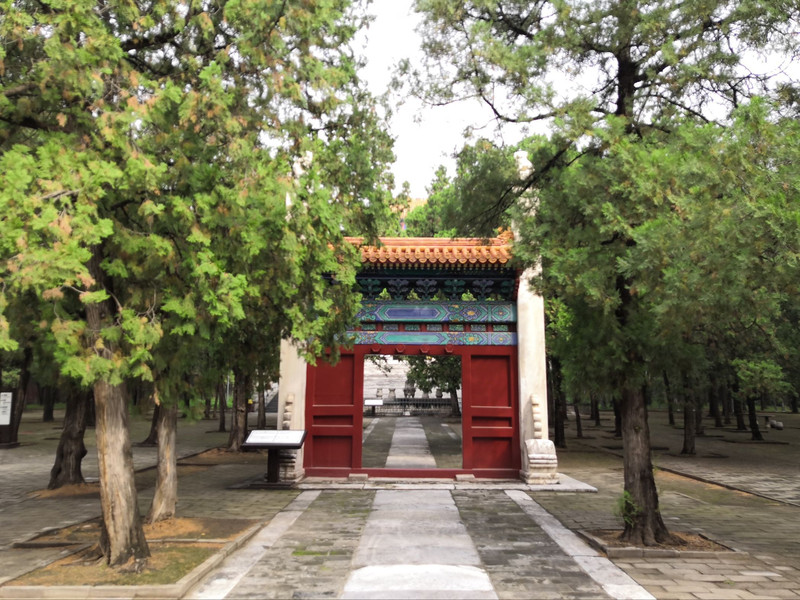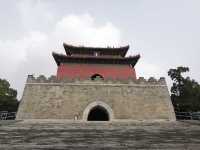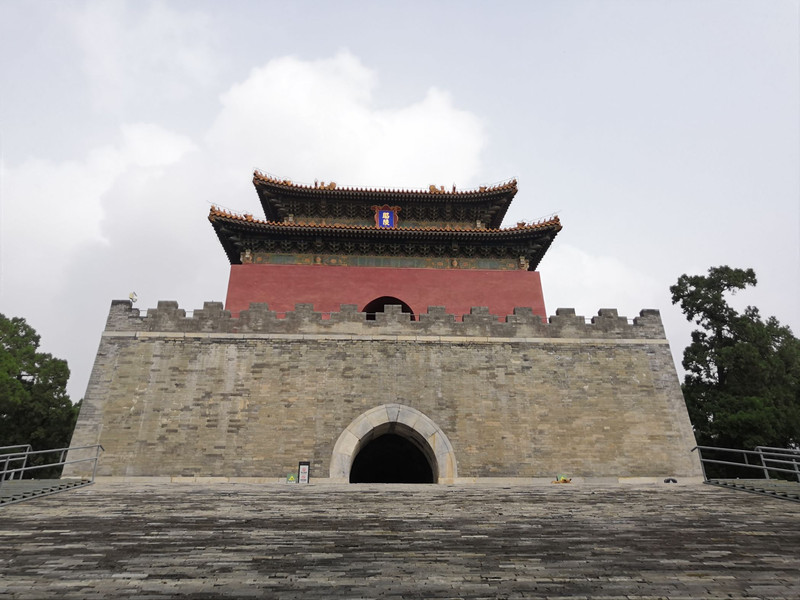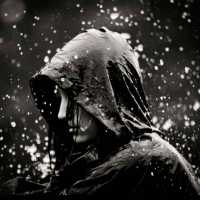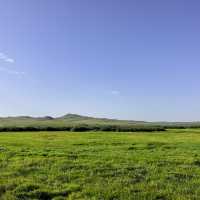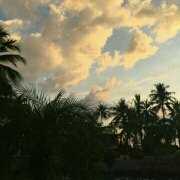Zhaoling, one of the Ming Tombs, is located at the eastern foot of Dayu Mountain in Changping District, Beijing. It is the burial place of Emperor Muzong Zhu Zaigui, the 12th emperor of the Ming Dynasty, and his three queens. Zhaoling has been repeatedly damaged in history. Restoration began in April 1987 and was completed in 1992. It is the first large-scale restored mausoleum among the Ming Tombs and one of the officially opened tourist attractions in the mausoleum area.
Zhaoling Mausoleum Review
4.7 /558 Reviews
Recommended Attractions at Popular Destinations
Attraction near Bangkok | Attraction near Manila | Attraction near Tokyo | Attraction near Taipei | Attraction near Hong Kong | Attraction near Seoul | Attraction near Kuala Lumpur | Attraction near Los Angeles | Attraction near Shanghai | Attraction near New York | Attraction near Shenzhen | Attraction near Osaka | Attraction near Singapore | Attraction near London | Attraction near Guangzhou | Attraction near San Francisco | Attraction near Beijing | Attraction near Macau | Attraction near Bali | Attraction near Jakarta | Attraction near Paris | Attraction near Ho Chi Minh City | Attraction near Istanbul | Attraction near Phuket | Attraction near Chicago | Attraction near Seattle | Attraction near Toronto | Attraction near Orlando | Attraction near Cebu | Attraction near Chiang Mai
Popular Travelogues
Bangkok Travelogue | Tokyo Travelogue | Hong Kong Travelogue | Seoul Travelogue | Kuala Lumpur Travelogue | Los Angeles Travelogue | Shanghai Travelogue | New York Travelogue | Shenzhen Travelogue | Osaka Travelogue | Singapore Travelogue | London Travelogue | Guangzhou Travelogue | Beijing Travelogue | Macau Travelogue | Paris Travelogue | Phuket Travelogue | Chicago Travelogue | Orlando Travelogue
Popular Ranked Lists
Popular Premium Hotels in Altai Republic | Popular Premium Hotels in Mbabane | Popular Luxury Hotels Near Norquin Department | Top 10 Must-Visit Restaurants in New Zealand | Popular Premium Hotels in Pebble Beach | Popular Must-Visit Restaurants in New York | Popular Best Things to Do in Taishan | Popular Premium Hotels in Otocec | Popular Premium Hotels in Cheongju | Top 3 Best Things to Do in Shengsi | Top 5 Best Things to Do in Huaihua | Top 4 Best Things to Do in Yingkou | Popular Best Things to Do in Longyou | Popular Premium Hotels in Astrakhan | Popular Premium Hotels in Del Monte Forest | Popular Must-Visit Restaurants in Bruges | Popular Must-Visit Restaurants in Shanghai | Popular Premium Hotels in Taunggyi | Popular Best Things to Do in Zhuji | Top 9 Local Restaurants in Lushan Global Geopark | Popular Premium Hotels Near Samosdelka | Popular Best Things to Do in Nanchong | Top 5 Best Things to Do in Fangchenggang | Top 6 Best Things to Do in Hezhou | Popular Premium Hotels Near Makkah Province | Top 3 Best Things to Do in Chizhou | Popular Must-Visit Restaurants in Chiang Mai | Popular Premium Hotels in Pipa | Popular Premium Hotels in Shan | Top 3 Best Things to Do in Guigang
Payment Methods
Our Partners
Copyright © 2025 Trip.com Travel Singapore Pte. Ltd. All rights reserved
Site Operator: Trip.com Travel Singapore Pte. Ltd.
Site Operator: Trip.com Travel Singapore Pte. Ltd.
